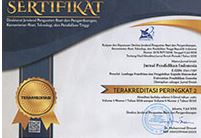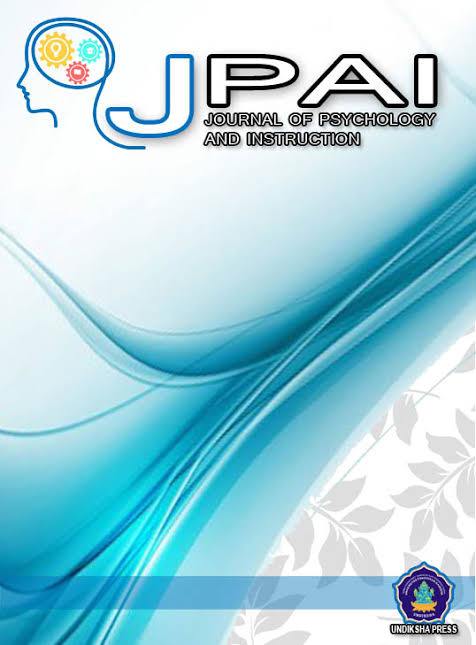The Implementation of Local Culture-based Project In a Balinese Project Classroom
DOI:
https://doi.org/10.23887/jpai.v1i1.9637Keywords:
local culture-based project, balinese, eflAbstract
This article was made based on an observation on the application of a Local Culture-Based Project in Balinese Language and Religious Literature Study Program of Denpasar State Hindu Dharma Institute. The basic reason for the application of this Project-Based Learning method is that, students were less motivated in following the EFL course. Students found that English would give a very minimum support for Balinese language and culture. English as a foreign language seems to be a threat for Balinese language sustainability. Therefore, the writer would show the students their actual connection in which English as a world dominant language could empower the existence of local culture including the language itself. (Regmi, 2013) stated that people should consider that the present existed local language that is used to pass the local context and culture on from generation to generation will die. Therefore, its integration to English as a world dominant language is one of the effective ways to preserve the local culture. Writer then designed project task which deal with local Balinese Culture. Students were asked to make a „Multilingual Pictured Folklore Book‟ during EFL course. Methodological triangulation (e.g. survey, interview and observation) were applied to confirm the students‟ respond toward the application of the Project. The result shows that PBL approach implemented in the present study was proven effective in improving the students‟ interest in learning English. Besides, the students gave a positive response toward the application of the Project.










